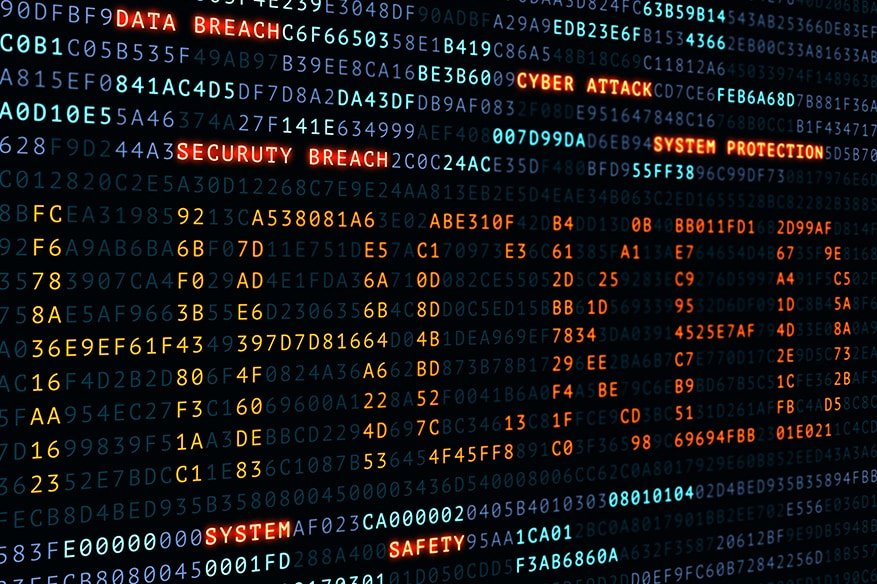Are Ransomware Peddlers In Competition To Steal The Most Data?

Ransomware distributors are now competing among themselves—and it only seems to be getting worse. It would seem the pot of gold at the end of the cyber rainbow is now so hefty, cybercriminals are now fighting over who will score the most. Today’s online environment has opened a perfect opportunity for these hackers to establish a “ransomware-as-a-service” business and rake in some serious cash.
Backup files are being attacked…
Typically, when a ransomware attack happens, the most tedious part is finding a way to recover the data without losing all your money. And even if you do pay the cyber thieves what they want, there is no guarantee your data will ever be reinstated. As a result, finding an alternative to payment is the best option. Normally, this process happens by trying to recover data from a backup file, but it appears cybercriminals have now decided to target these files as well, leaving victims with no other option than to pay up.
The latest solution to address this problem is the Acronis Disaster Recovery Cloud, a robust defense mechanism that prevents any modification processes from taking place in the backup files, aside from those of the Acronis Software. The company claims their digital solution has the ability to neutralize any ransomware looking to attack backup files.
The mode of detection has changed…
More than a few software companies claim to have the most advanced method for malware detection, which is even better than the traditional signature-based approach. In the past, one signature could detect one sample; however, Acronic says they can detect hundreds and even thousands of samples using the same singular pattern of action.
This malicious behavior pattern is compared with the chain of events in a database, any suspicious code or activity is examined. At this point, it is immediately matched to a known white or blacklist. After detection, potential ransomware is stopped and blacklisted, effectively curbing it to start again on the next reboot. This way, the user does not need to repeat the process of blocking the ransomware each time.
The trap is being laid…
A program designed in this way uses customized honeypots to disarm ransomware. Just as bees look for pollen in flowers, ransomware seeks money by seeking out certain types of files. The Acronic solution places these files in a particular directory and traps or isolated malware when it comes looking for them. This baiting approach then contains the spread of infection.
Normally, users are not able to see these files because they take up very little space on the hard disk and are essentially invisible, a fact that makes this mode of security highly convenient.
Here comes the integration of modern machine learning…
The solution also involves machine learning integration that detects zero-day threats. By creating a legitimate vulnerability, it draws in ransomware looking to infiltrate the system. But as soon as the malware appears under detection, it is immediately mitigated by the protective software.
The use of machine learning is slated to raise the detection level and curb potential false programs like malware from growing. Security experts believe ransomware attacks will continue to grow in coming days, soon targeting businesses of every size and shape. Organizations who hope to avoid these types of incidents will need to prepare themselves for an impending attack. They must implement a solution that will alert them as soon as malicious activity appears. Further, the POS security should also be the top priority.